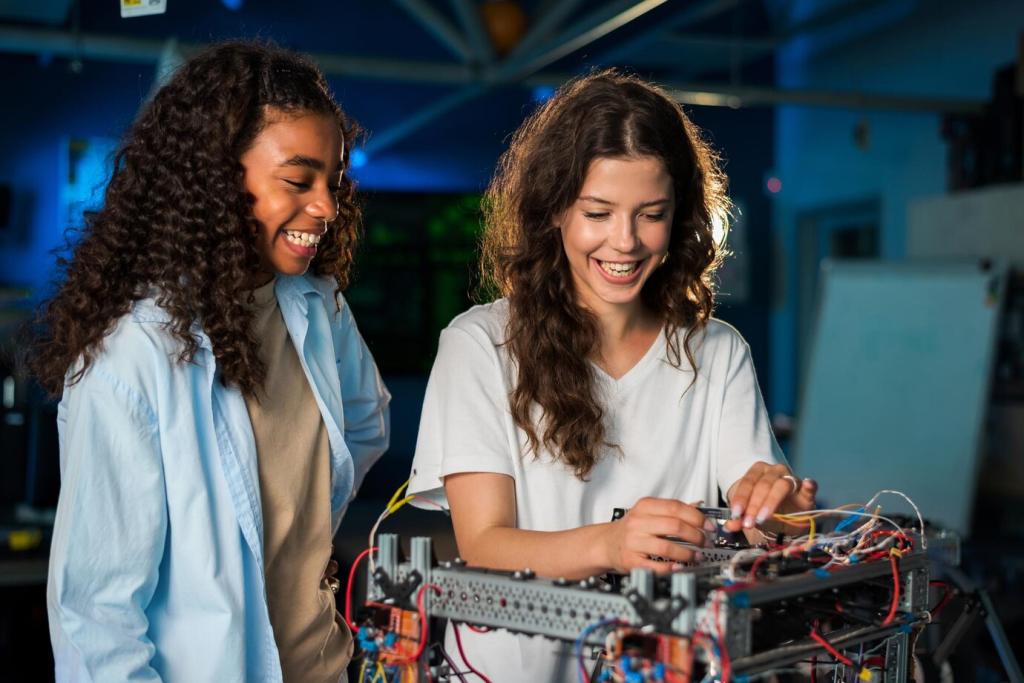
Inspiring Young Innovators: Best Practices for Teaching Kids Robotics
Chosen theme: Best Practices for Teaching Kids Robotics. Welcome to a playful, proven path for guiding children from curiosity to competence with robots. Dive in, try an idea today, and subscribe for weekly kid-tested robotics insights.
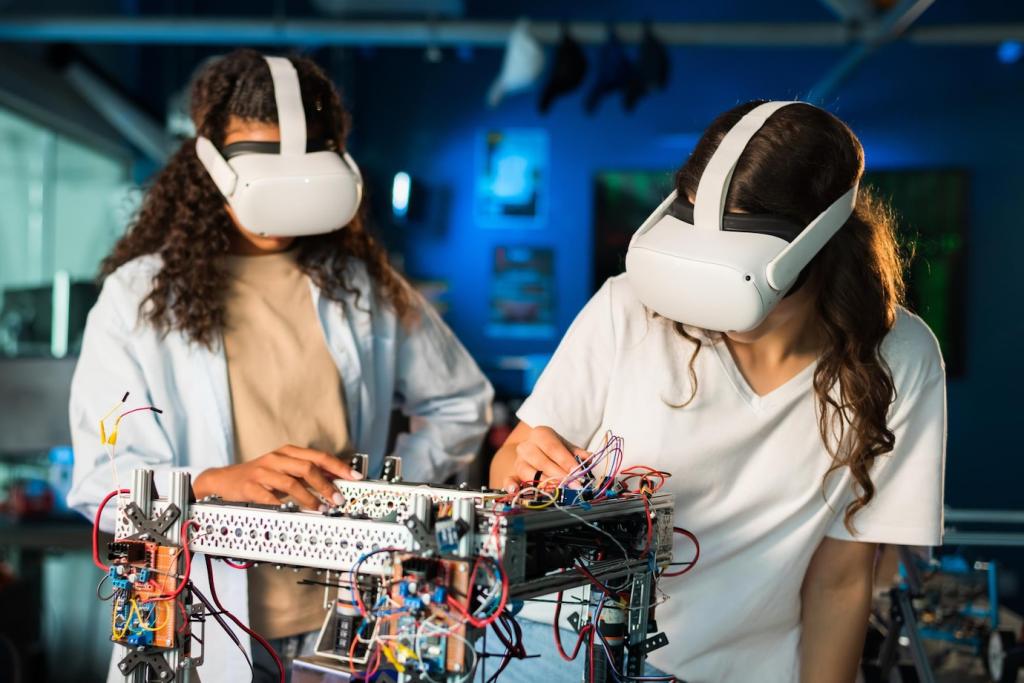
Cognitive readiness meets playful rigor
Match tasks to developmental stages: simple sequencing for early learners, sensor exploration for preteens, and systems thinking for older kids. Keep rigor playful with short, achievable challenges that build momentum and joy.
Growth mindset as the motor
Normalize mistakes as data. Post a visible mantra, like “Test, tweak, triumph,” and celebrate tiny improvements. When Zoe finally aligned a line-following robot, her fist-pump energized the whole room to keep iterating.
Safety, curiosity, and agency
Start every session with a micro safety ritual: tidy wires, clear workspace, check batteries. Then hand real choices to learners—kit selection or route design—so curiosity drives ownership and responsible, hands-on exploration.
Designing a Scaffolded Robotics Curriculum
Begin with open-ended tinkering to spark questions, then introduce structured mini-lessons. Gradually raise complexity—loops, sensors, conditional logic—anchored in projects where each new concept solves a visible, meaningful problem.
Designing a Scaffolded Robotics Curriculum
Write kid-friendly goals like “Use a light sensor to stop at a line.” Share quick checklists: connection secure, code uploaded, test logged. Students appreciate knowing exactly what “done” looks like.
Choosing and Managing Hardware for Young Learners
For younger children, pick robust connectors and color-coded ports. Older students benefit from modular sensors and breadboards. Keep kits consistent within a class to streamline instructions, peer help, and quick troubleshooting.
Choosing and Managing Hardware for Young Learners
Favor ecosystems with cross-compatible parts, open tutorials, and vibrant communities. Reuse motors, swap sensors between projects, and 3D-print mounts. A sustainable inventory encourages experimentation without exhausting limited classroom budgets.



Running a Smooth Robotics Classroom
Set build, code, and test stations with clear signage. Rotate teams on a timer to prevent bottlenecks. Assign roles—architect, coder, tester—so every child contributes meaningfully and develops multiple, complementary skills.
Running a Smooth Robotics Classroom
Teach three quick checks: sharp edges, heat, pinch points. Model how to stop a runaway bot safely. A visible safety poster turns reminders into a routine that students confidently self-enforce.
Running a Smooth Robotics Classroom
Use a fun call-and-response or a visual countdown. When sensors overwhelm, pause with a two-breath reset. Students learn to rally quickly, preserving momentum without sacrificing care, clarity, or mutual respect.


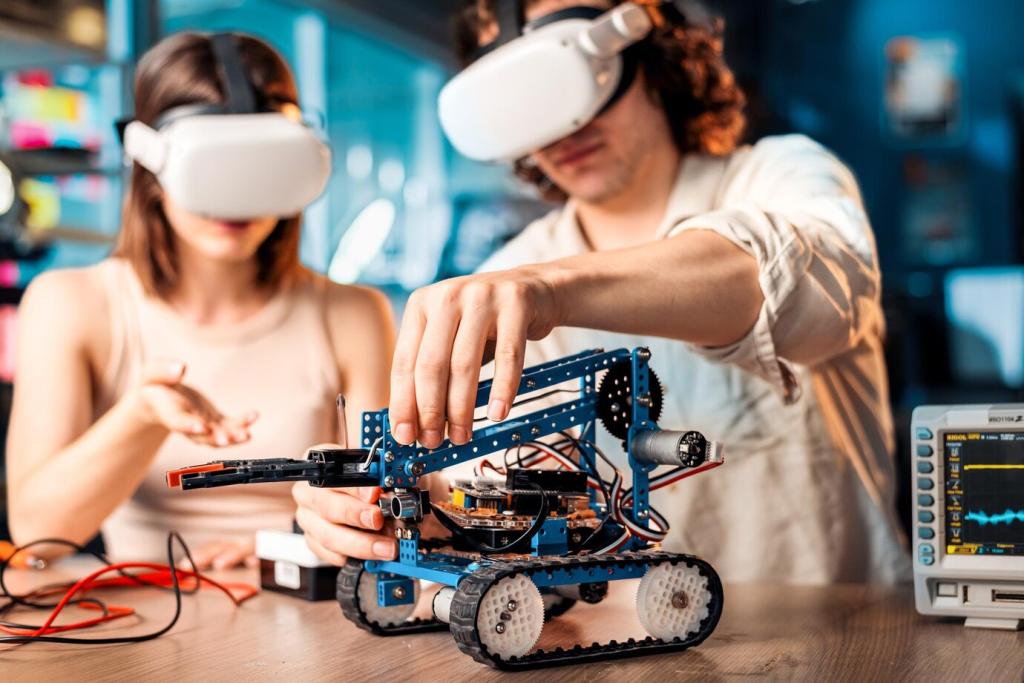
Authentic Projects and Real-World Connections
Frame missions as narratives: deliver medicine, clean a habitat, guide a rover. Stories provide stakes and coherence, helping students connect mechanical choices to character goals and meaningful, concrete outcomes.
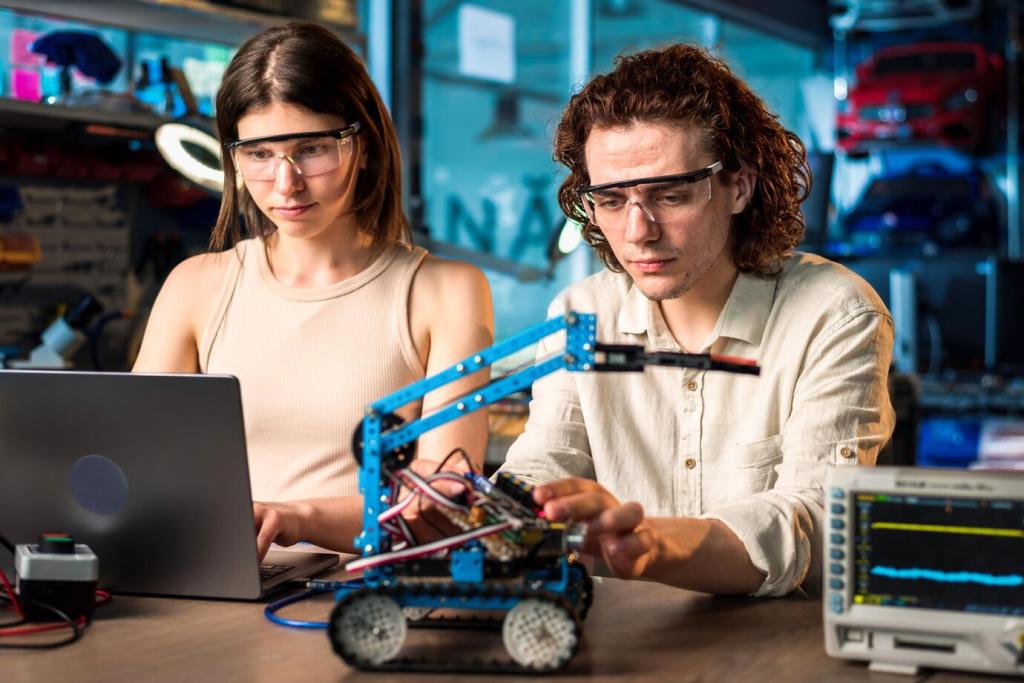
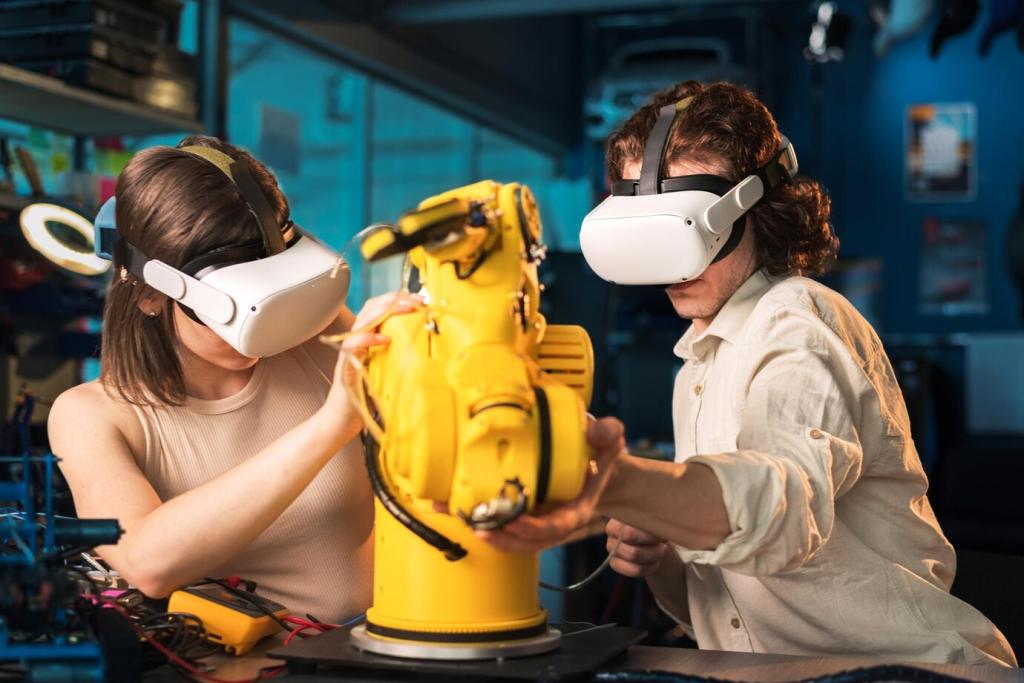
Authentic Projects and Real-World Connections
Host low-pressure demo days with clear rubrics and cheer squads. Awards for creativity, teamwork, and resilience recognize more than speed, inviting every child to feel seen, valued, and authentically celebrated.
Assessing Learning and Celebrating Progress
Learning journals that capture thinking
Have students sketch wiring, label variables, and note predictions. Quick entries after tests build metacognition, making strategies visible. Reviewing journals uncovers misunderstandings early and highlights delightful, unexpected insights.
Demo days with kind, actionable feedback
Coach peers to offer one glow and one grow. Focus comments on observable behavior: path accuracy, sensor reliability, recovery from errors. Students leave excited, not deflated, with clear next steps.
Portfolios that travel with students
Collect photos, code snippets, and short reflections per project. Over time, patterns emerge—precision improving, creativity widening. Portfolios inform recommendations, inspire confidence, and make progress visible to families and mentors.
